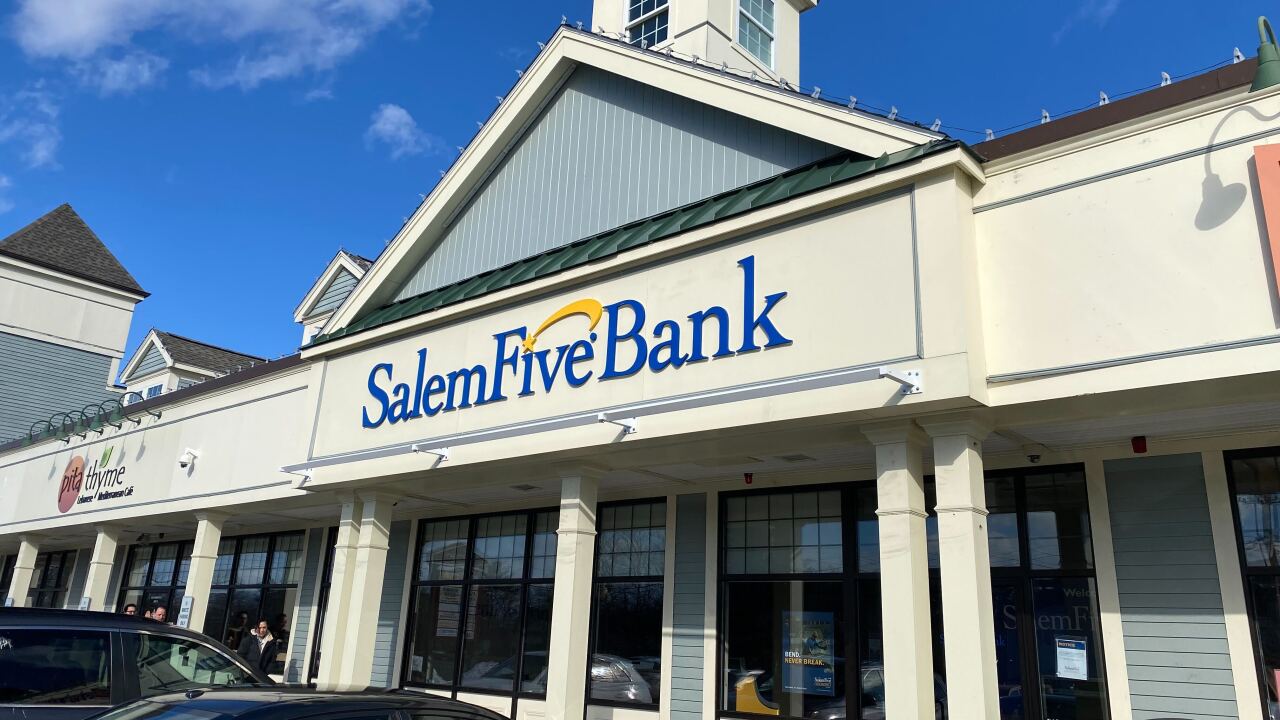In an apparent boost for debit card payments on the Internet, two major retail banking franchises have agreed to use NYCE Corp.'s SafeDebit CD-ROM-based system.
HSBC, the U.S. subsidiary of HSBC Holdings PLC of London, is one of the banks, and sources say Citibank is the other. Executives at the Citigroup subsidiary would not comment.
The New York automated teller machine network and other regional electronic funds transfer networks have been trying to figure out how to get their share of the e-commerce bonanza. Most consumers shop online with credit cards, which these networks do not handle.
NYCE said it developed SafeDebit as a way to edge into the Internet shopping market, and it has been peddling the product to banks since spring.
The imprimaturs of Citibank and HSBC should carry significant weight. Employees have tested the system internally, and the banks will introduce it to consumers this fall.
The SafeDebit card is shaped like a regular credit card, but it fits into the CD-ROM drive of computers. Consumers who want to make a purchase would click on a SafeDebit icon, which will prompt the network to read the information on the card and start the authentication process through a personal identification number.
The data will travel encrypted to the merchant, to protect the numbers from hackers. NYCE is touting the system as a safer alternative to the current credit card system.
SafeDebit offers other advantages, such as branding opportunities for the issuing bank, NYCE said. The system will be able to fill in consumers' shipping information and keep track of loyalty program points, and it could be used to conduct online banking, wire transfers, and bill payments, the network said.
Michigan National Bank of Farmington Hills, Mich., a subsidiary of National Australia Bank PLC of Melbourne, and North Fork Bank, a subsidiary of North Fork Bancorp of Melville, N.Y., signed letters of intent in May to use SafeDebit. They have not said, however, when they will make the system available to customers.
The network also has a contract with Star Systems Inc. of Maitland, Fla., a rival automated teller machine and debit card network, to offer SafeDebit to its member financial institutions.
NYCE hopes that when consumers use SafeDebit, they will also begin using their regular debit cards more often. "Debit continues to show growth, not only in consumer usage, but also in merchant acceptance," said Paul Tomasofsky, vice president of remote banking services at NYCE. "SafeDebit will add to that growth curve."
He called SafeDebit "a step into a whole new pool of customers who were concerned about safety" on the Internet.
After testing several alternative products, NYCE committed to SafeDebit because it "provides the same guarantee as an ATM transaction" and "gives the consumer direct checking account access," Mr. Tomasofsky said.
Daniel Aghion is senior vice president of sales at GlobeID Inc. of Redwood City, Calif., a software partner of NYCE in the development of SafeDebit. He said the objective is "to provide a consumer experience similar to the one at the ATM or the checkout counter, so there is already a preacceptance of the process. And there is no change in the card-issuing system at the financial institution. It rides the rails of NYCE and Star, and is easy to deploy."
Analysts, however, are skeptical that consumers will be willing to make room for yet another card in their wallet. Credit cards are used to make 88% of online payments, according to research from GartnerGroup, a consulting firm in Stamford, Conn.
"No other method has caught on yet," said Avivah Litan, research director at GartnerGroup. Consumers know they are not responsible for chargebacks, so they have little incentive to give up credit card payments, she said.
Merchants, on the other hand, bear responsibility for chargebacks and would be likely to embrace a payment option that could fight the Internet fraud problem, which is an order of magnitude larger than it is in the physical world, she said.
"Logically, it is a great method," Ms. Litan said. It addresses five important merchant concerns, she said: online authorization, lower fees, nonrepudiation, real-time payment, and the safety of consumer data.
Orbiscom of Dublin has also developed a virtual card system, in which a consumer would click on an icon and get a disposable card number tied to his or her credit or debit account number. The disposable number - valid for one purchase only - would be the one sent to the merchant.
Jack Morrison, executive vice president for business development at the New York office of Orbiscom, said the company relies on the existing payments infrastructure and typical consumer habits. This makes it a more familiar type of payment vehicle than SafeDebit, he said.
Ms. Litan said the prospects for these systems will depend on how they are viewed by merchants, who would promote them to consumers. "Consumers need an incentive to use debit, because it does not offer anything a credit card doesn't," she said.
Les Riedl, a senior vice president at Speer & Associates, an Atlanta consulting firm, said the crucial question is, "Who will issue SafeDebit?" The potential for lower fraud losses could interest merchants, but banks may have a hard time finding a revenue stream, he said.





